Introduction: What Makes Japanese Beer Unique?
Whether you're enjoying a chilled glass of crisp lager with friends at a summer matsuri (festival) or sipping a citrusy craft brew in a cozy izakaya, beer carries its own seasonal rhythm and social etiquette.
1. Characteristics and Types of Japanese Beer
Japanese beers are known for their clean finish, moderate carbonation and drinkability. Traditional lagers dominate, but styles like IPA, hefeweizen, red ale, and beers brewed with matcha green tea, cherry blossom leaves, or sansho pepper are gaining attention.
- Lager: Crisp and smooth, ideal with grilled skewers or sushi.
- Red Ale: Richer malt character, often paired with meat dishes.
- Rice Beer: Uses rice for a light texture and dry finish.
- Fruit-Infused Beers: Incorporating yuzu or ume (plum) for regional flair.
2. Craft and Regional Japanese Breweries
Japan’s craft beer movement is booming, with regional breweries using locally sourced ingredients and sustainable practices. Try:
- Yo-Ho Brewing (Nagano): Famous for Tokyo Black and Yona Yona Ale.
- Kagua: Belgian-style ales with Japanese botanicals like yuzu and sansho.
- Rokko Beer: A clean, German-style pilsner from the Kobe region.
Many breweries offer educational tours, giving insight into traditional and modern brewing techniques.
3. Japanese Beer Classification and Regulations
Under Japanese law, what qualifies as “beer” depends on malt content. Beers with lower malt content may be labeled as happōshu (発泡酒), a category developed in response to taxation tiers. Craft brewers often meet the higher malt requirements for full “beer” classification.

4. Major Japanese Beer Brands
- Sapporo: Known for its smooth Sapporo Premium and iconic silver can.
- Asahi: Asahi Super Dry revolutionized the market with its crisp, dry finish.
- Kirin: Offers Ichiban Shibori, brewed using the first-press method.
- Suntory: Popular for The Premium Malt's, a floral, foamy lager.
- Yebisu: A premium label under Sapporo, rooted in traditional German brewing methods.
These brands dominate the shelves and are often served in beer gardens during the summer months.
5. Popular and Notable Japanese Beers
In addition to major labels, notable offerings include:
- Orion: A light, tropical lager from Okinawa.
- Ginga Kogen: A fruity, cloudy hefeweizen from Iwate Prefecture.
- Far Yeast Tokyo IPA: A bold, modern IPA with citrus notes.
- Asahi Dry Zero: One of the best-selling non-alcoholic beers in Japan.
Some bars even serve half-and-half beers, blending lagers with dark beer for layered flavor and visual appeal.
6. Purchasing and Enjoying Japanese Beer
You can find Japanese beer in convenience stores, supermarkets, online, or directly from sakaya (liquor stores). Domestic vending machines and beer halls often offer fresh pours on tap.
Pairings matter. A crisp lager complements salty edamame or karaage (fried chicken), while richer ales pair well with grilled yakitori or miso-based stews.
🍺 Tableware Tip: Elevate your beer experience with a Japanese ceramic beer cup or frosted glass. These vessels hold chill and foam beautifully, enhancing aroma and texture.

Conclusion: Raise a Glass to Craft and Culture
Japanese beer combines clean flavors, regional creativity, and a touch of aesthetic refinement. Whether you’re trying your first Super Dry or sipping a yuzu-infused ale from a boutique brewery, there’s a world of discovery in every glass.
As you explore, consider pouring your favorite brew into a handcrafted ceramic cup. Not only does it change the drinking experience, it connects you to Japan’s deep tradition of artistry, balance, and intentional living.
Kanpai! (乾杯)


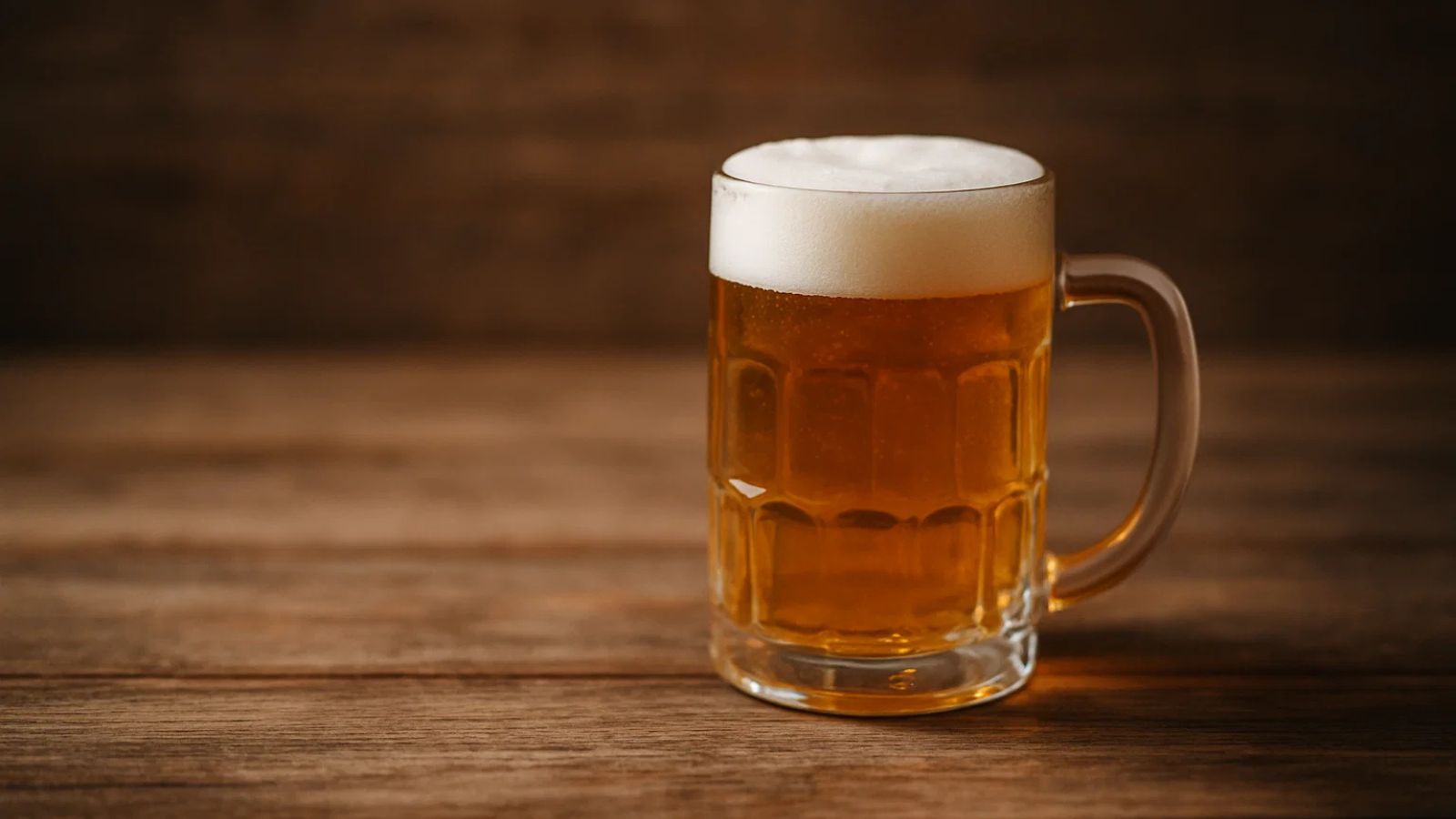

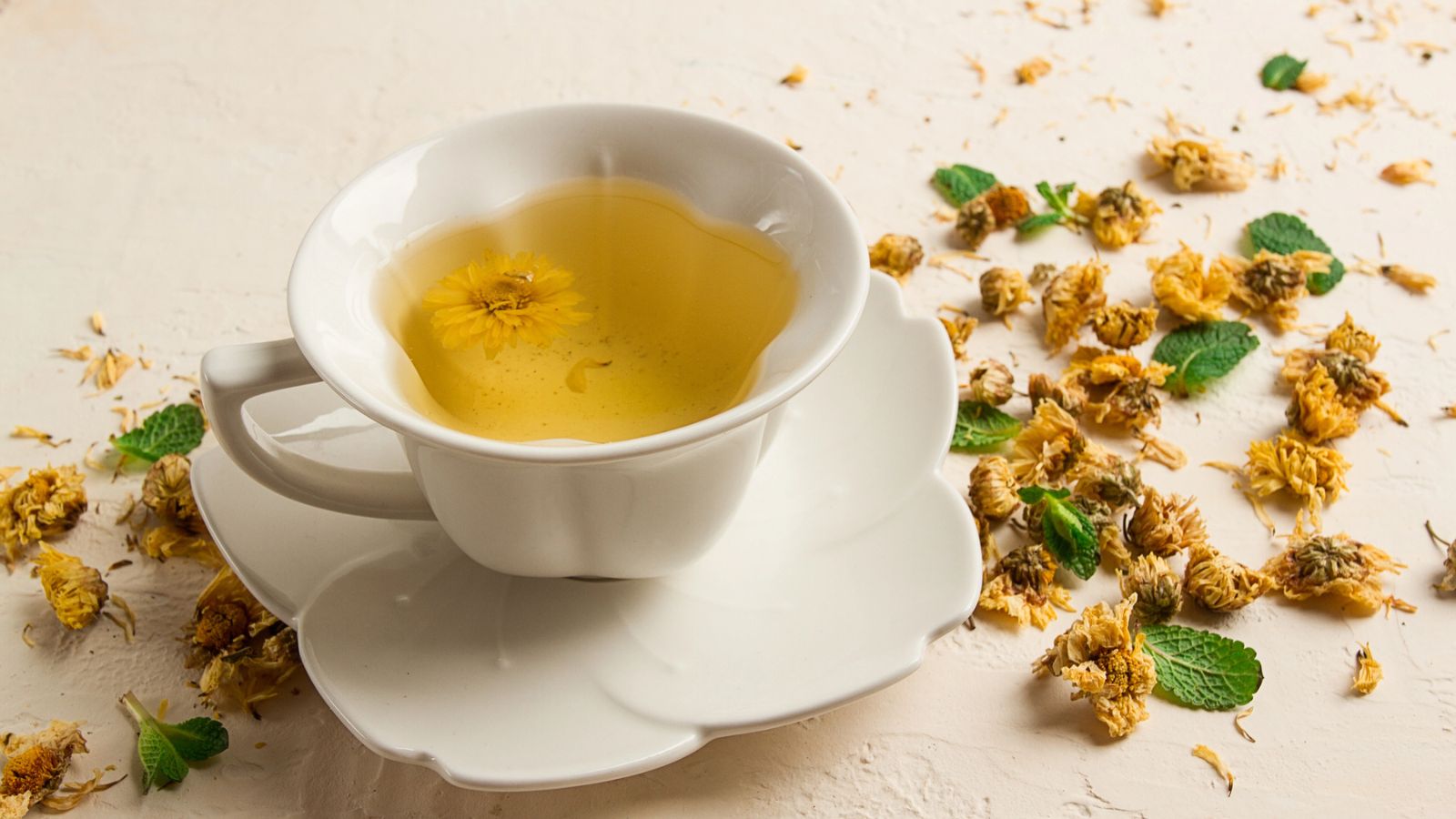
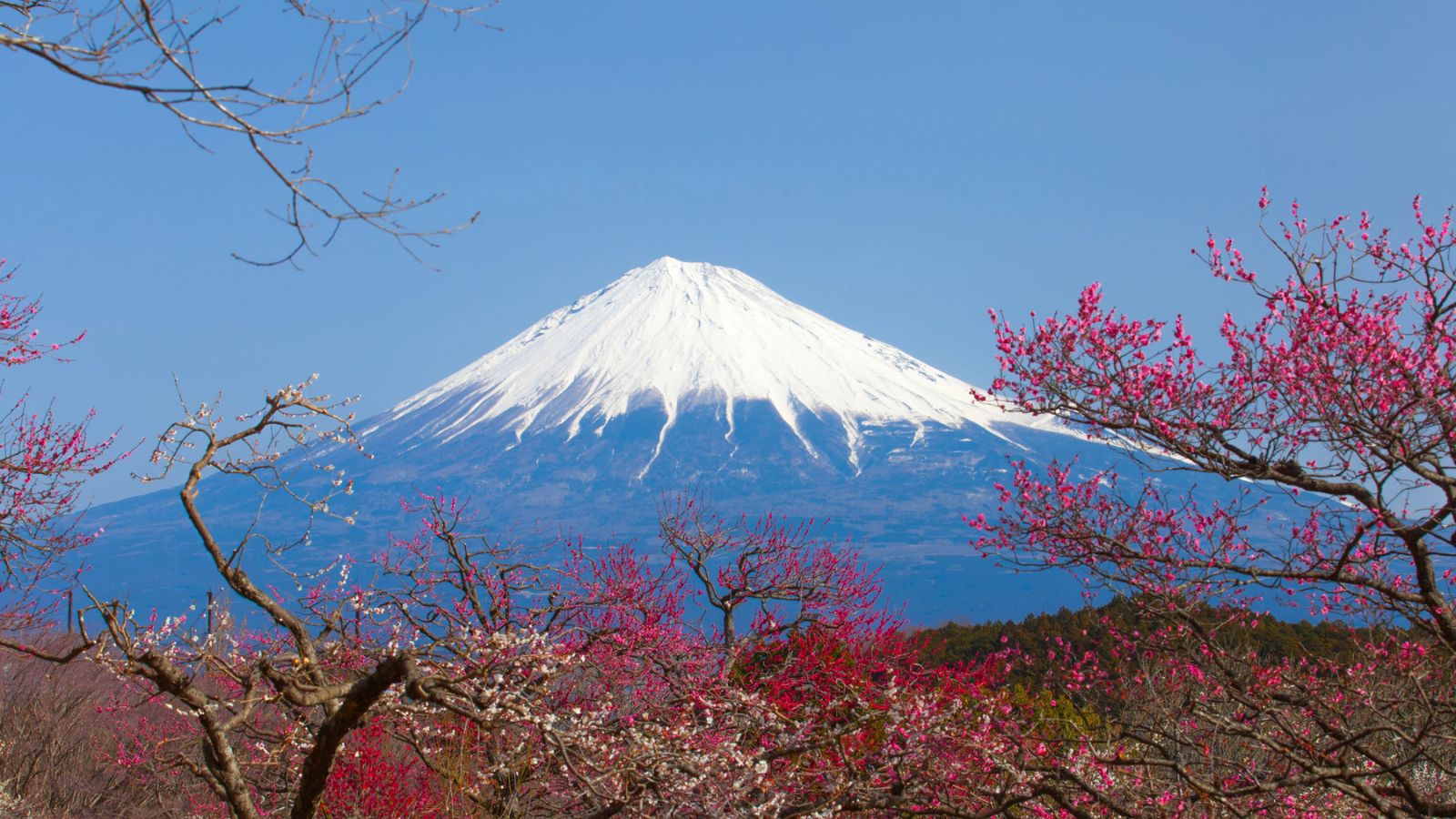
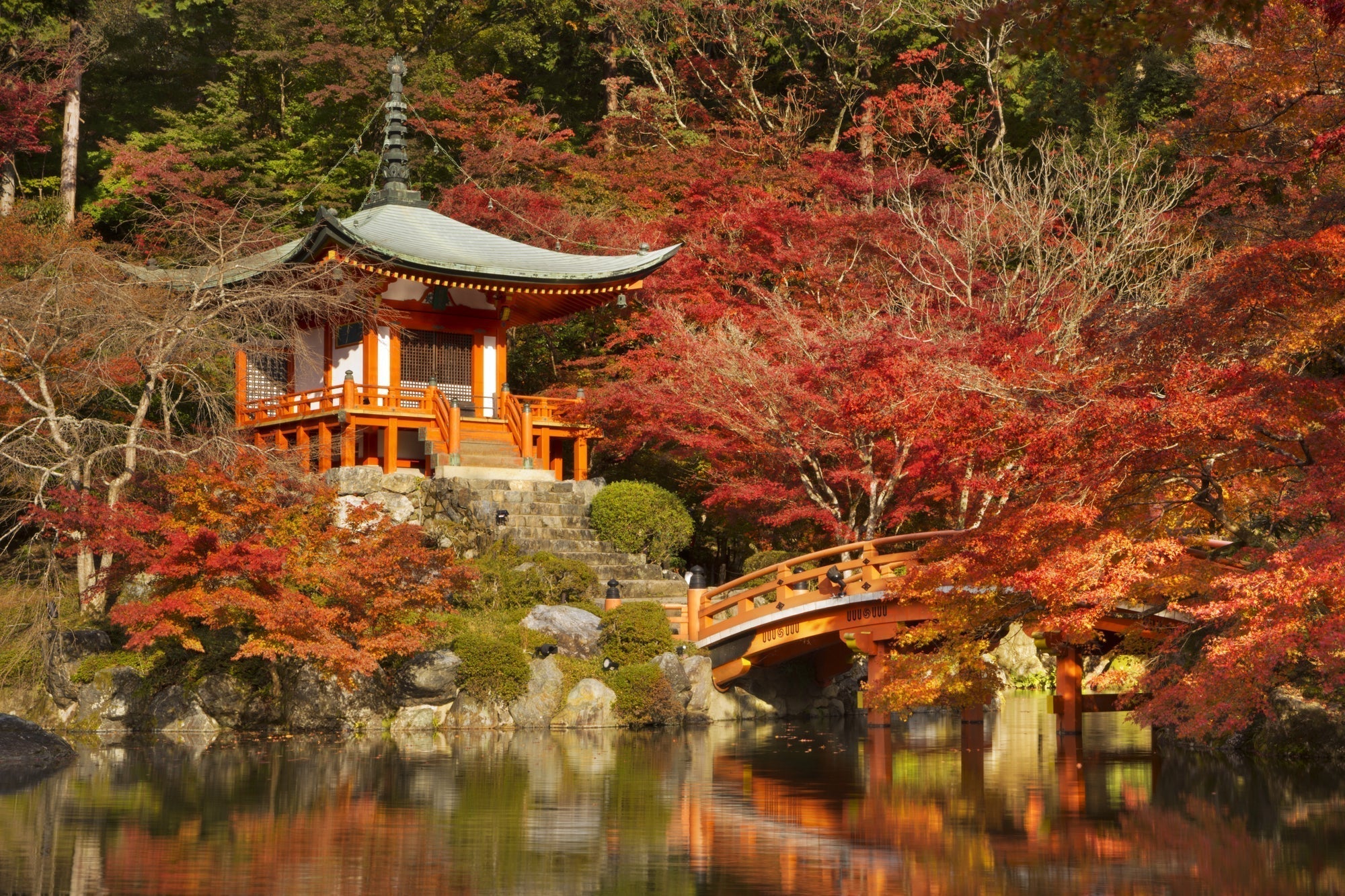
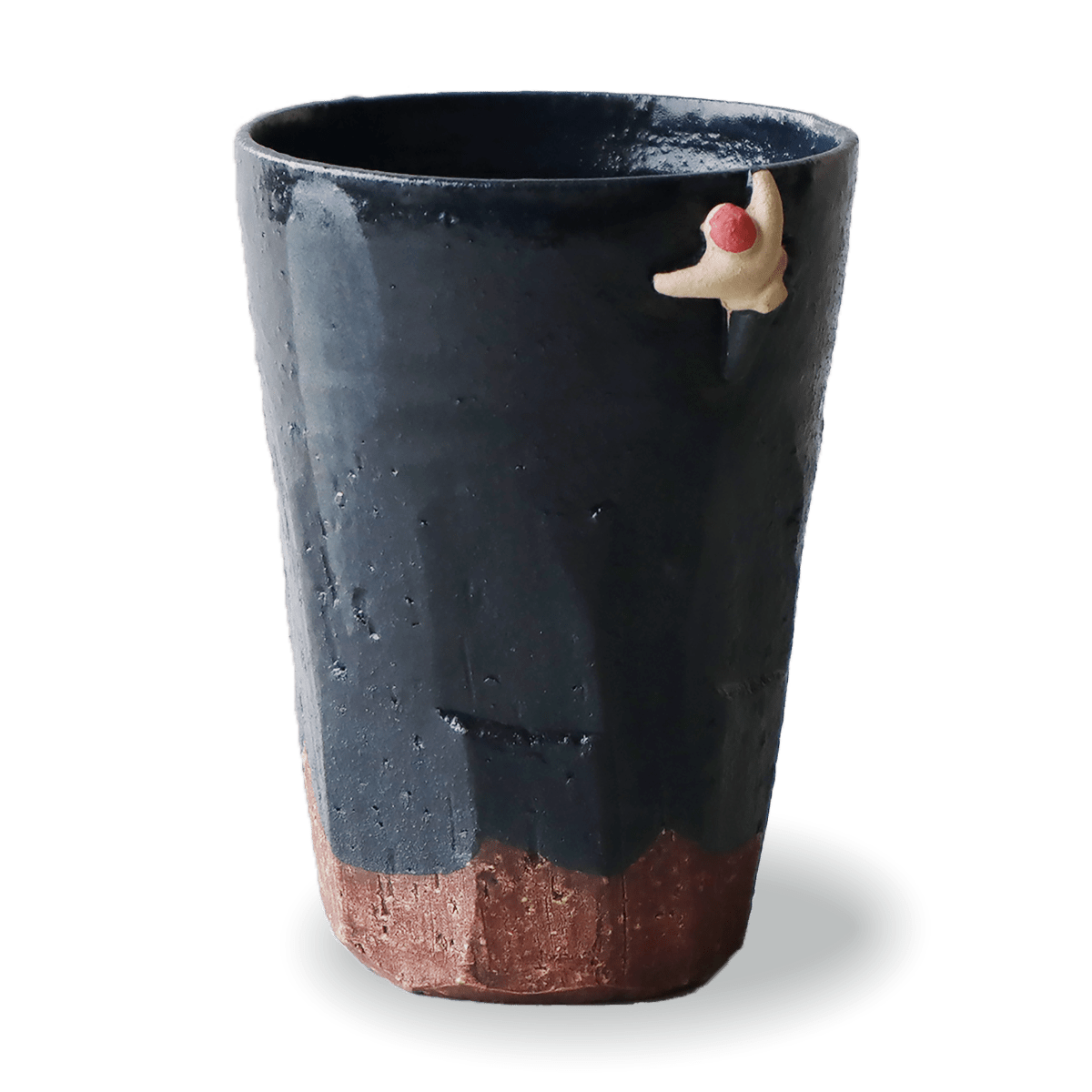
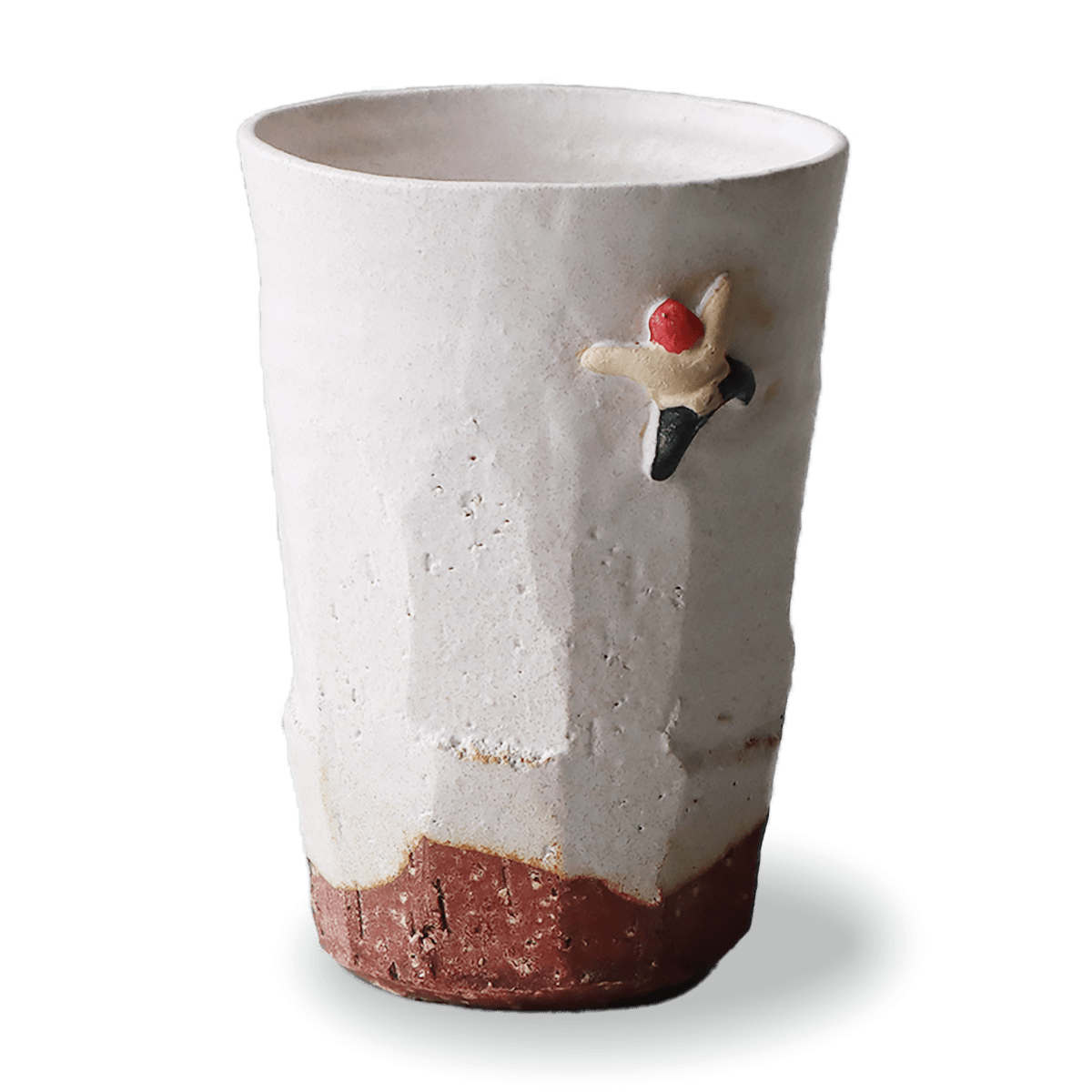



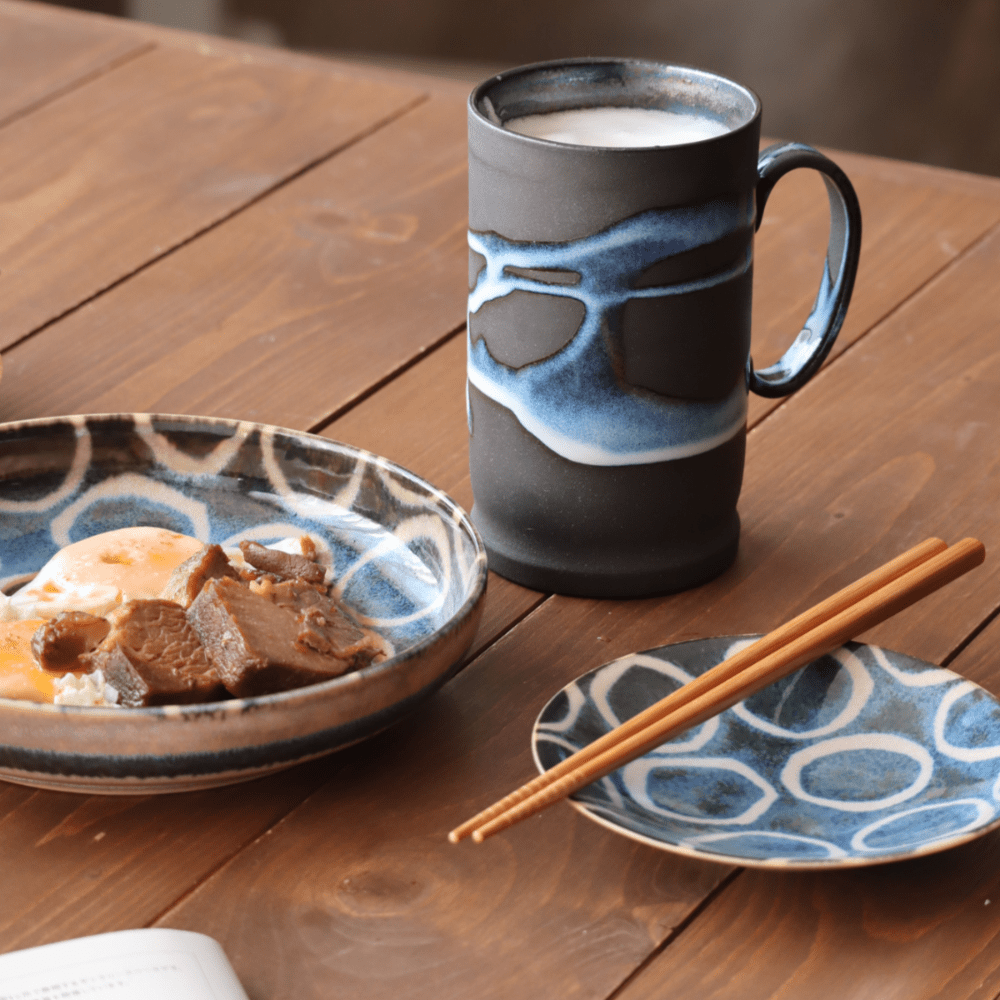
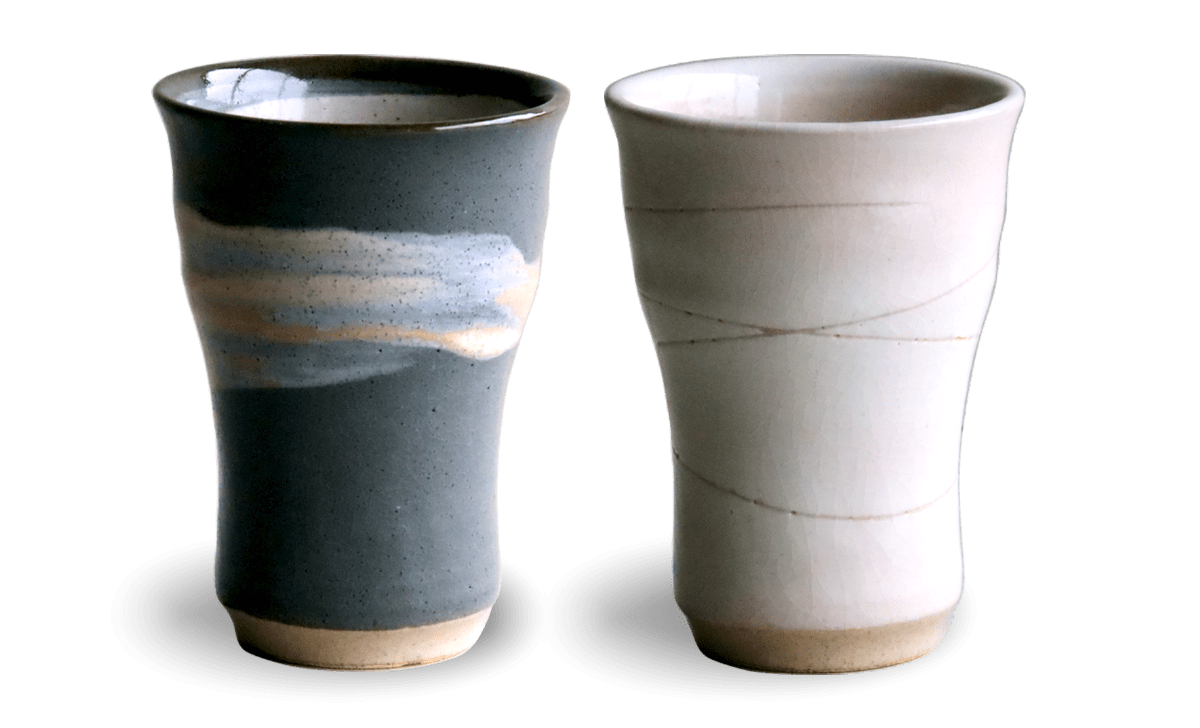
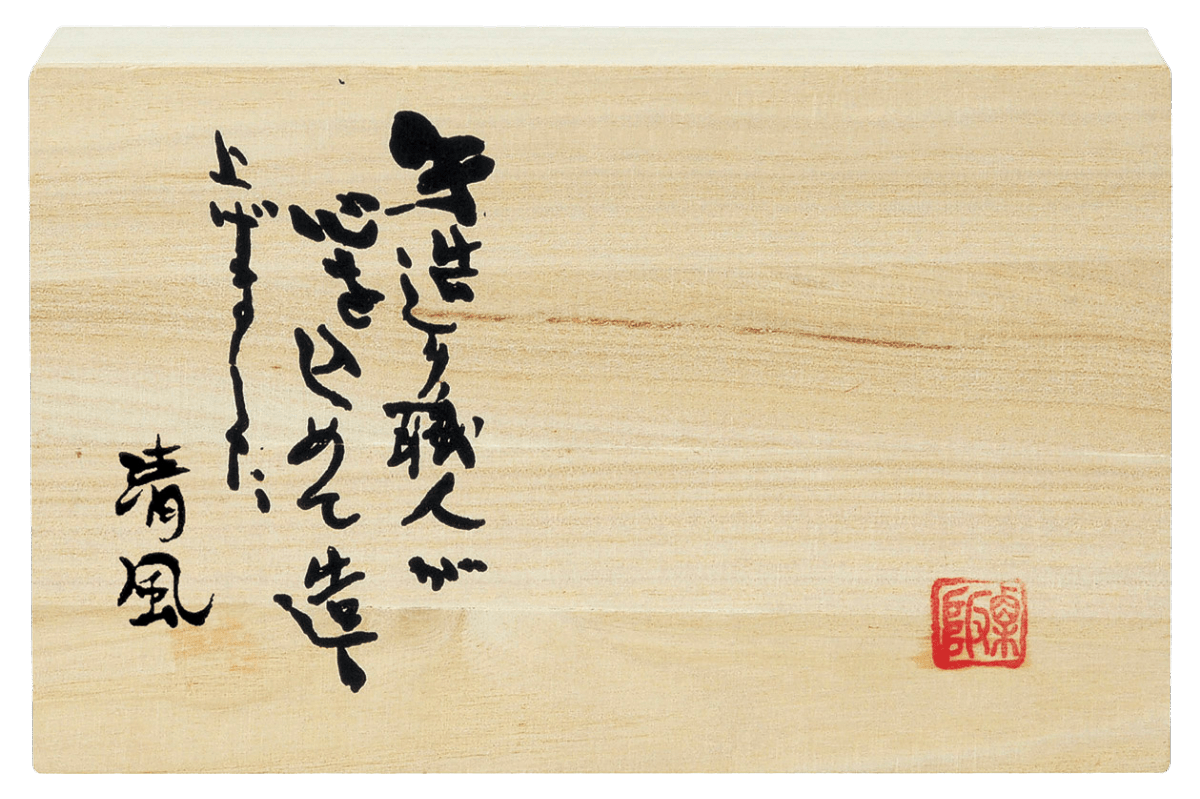

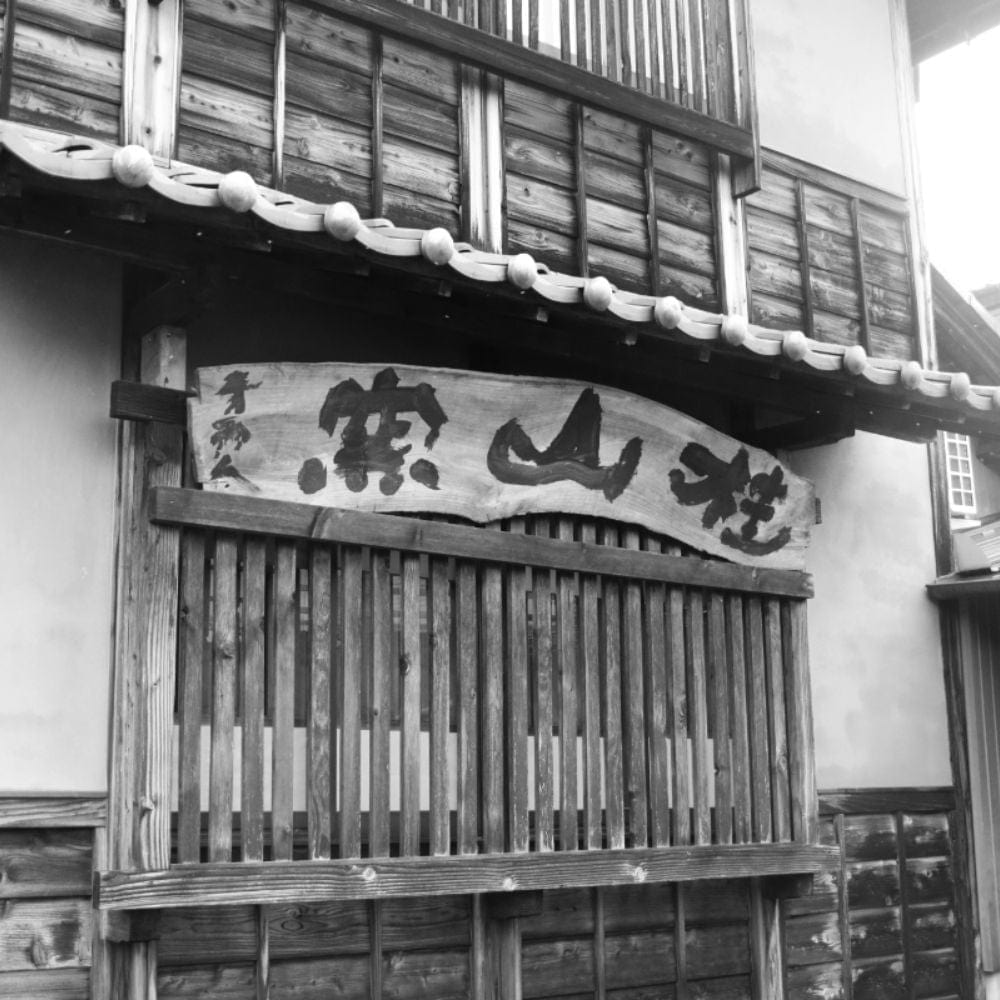

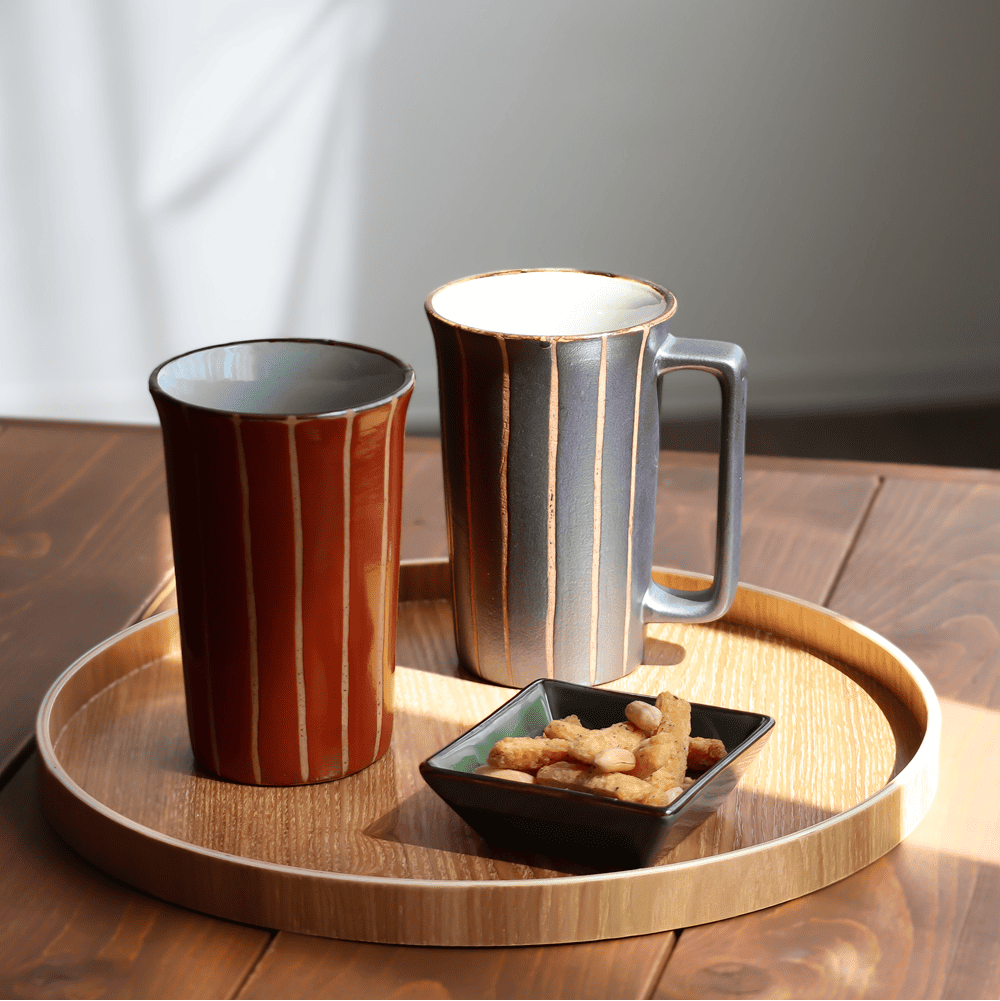


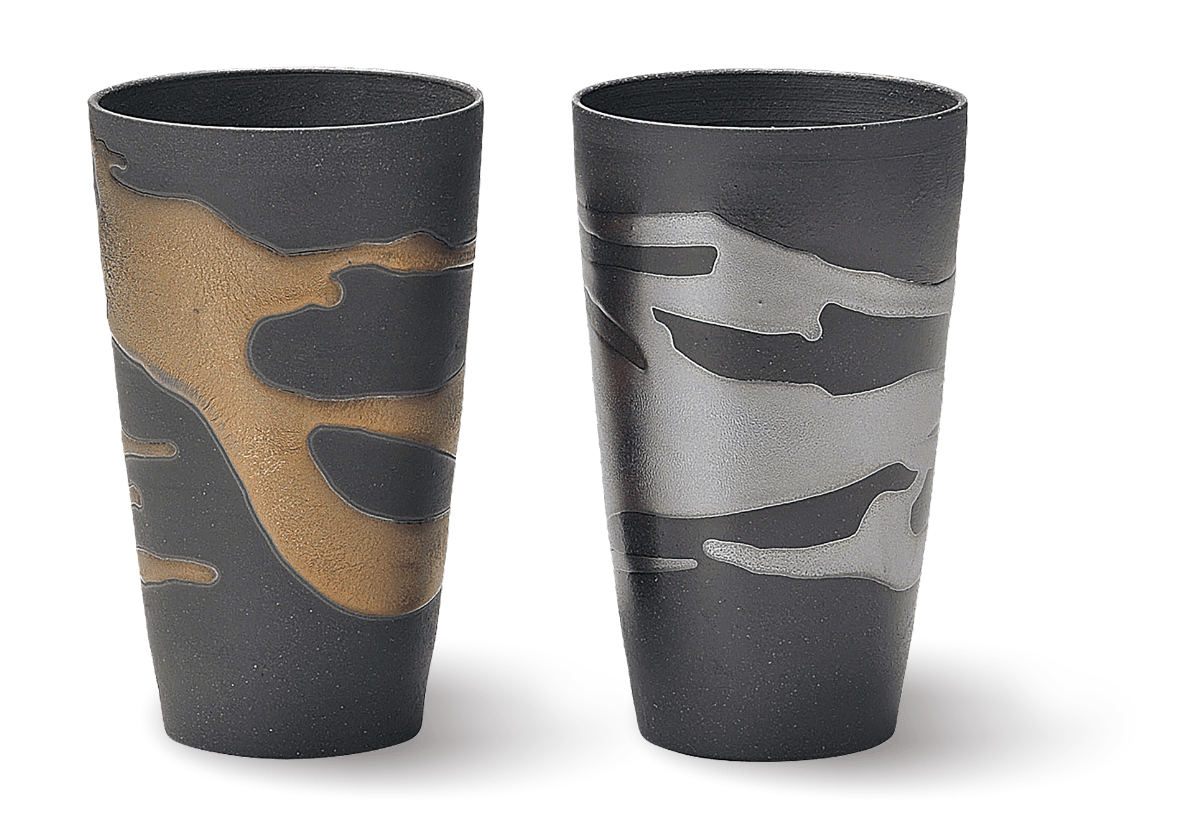
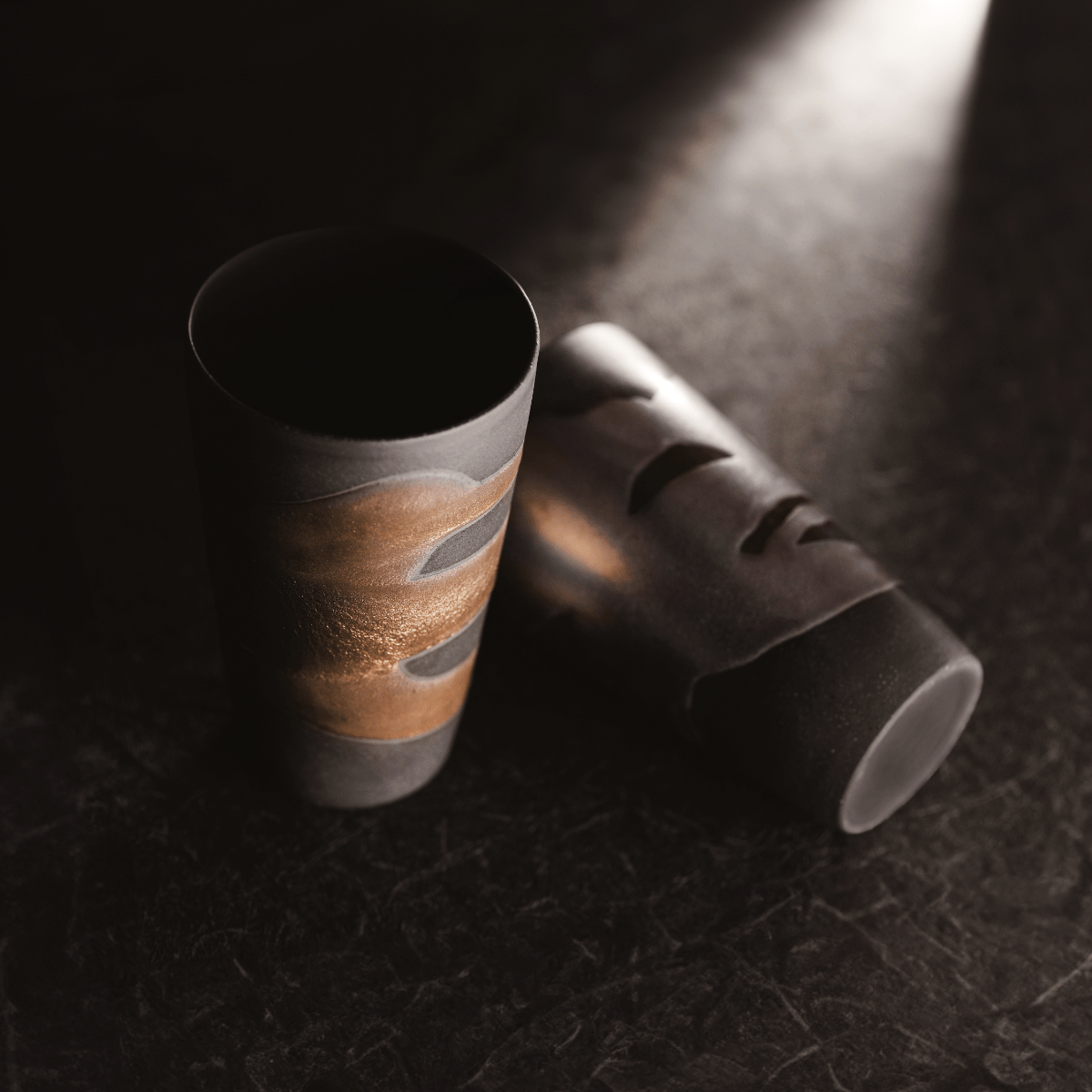
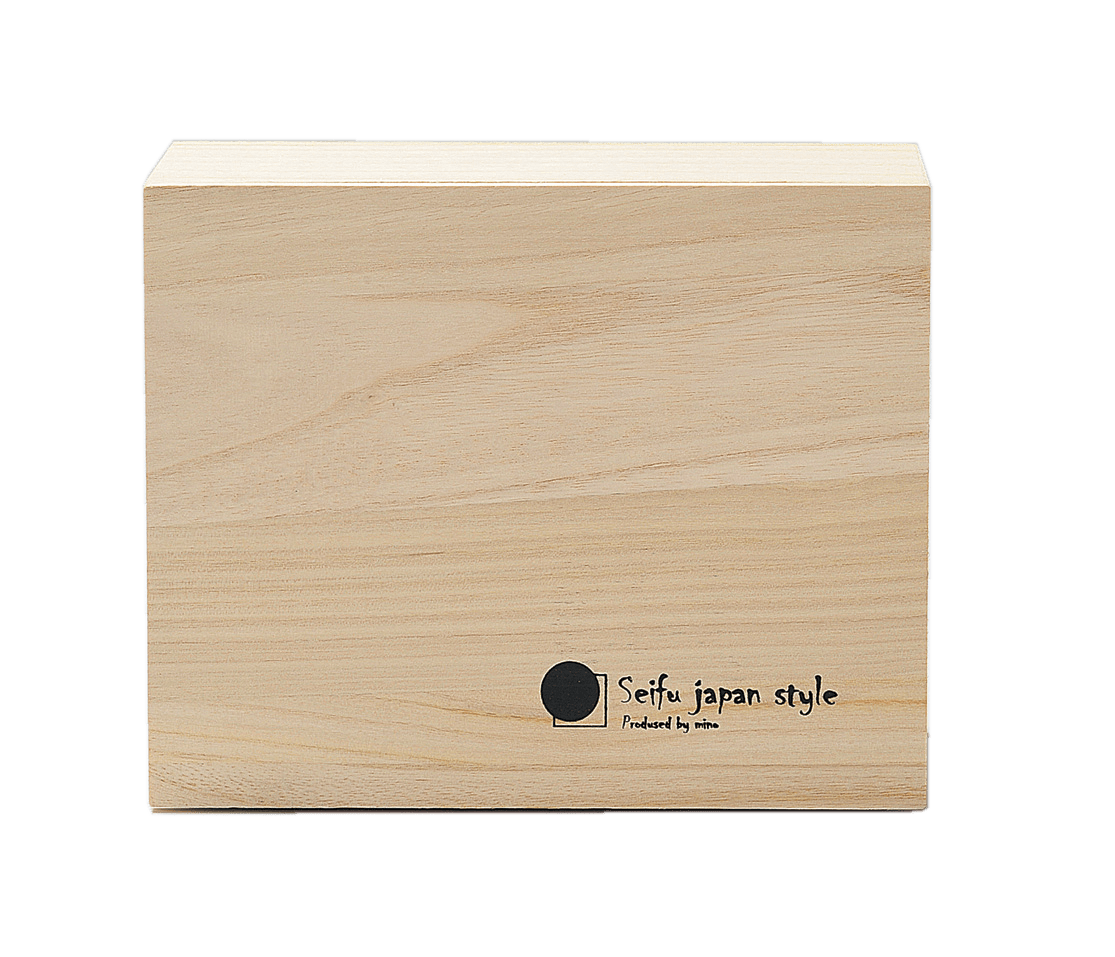
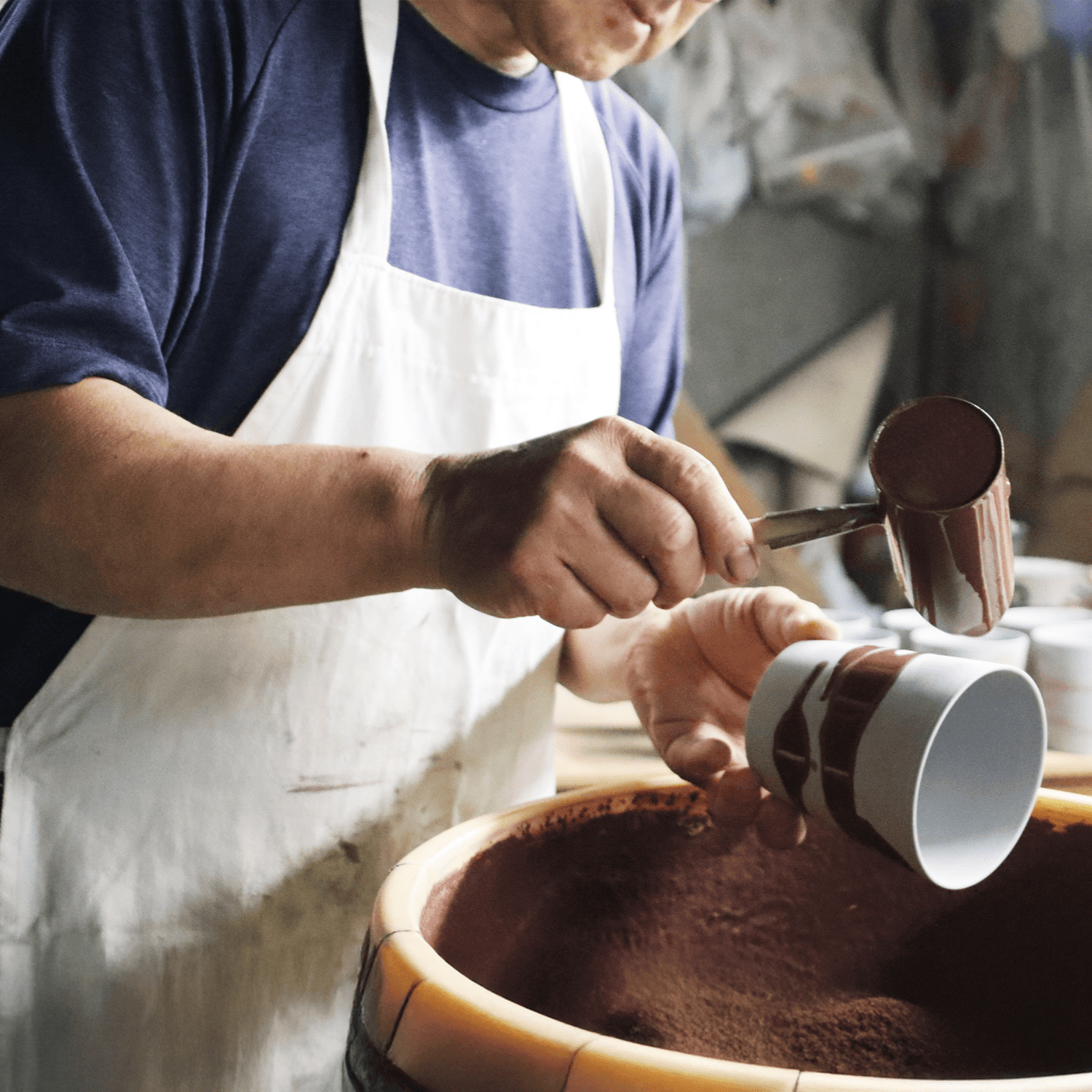
Share: